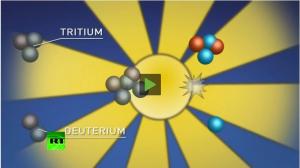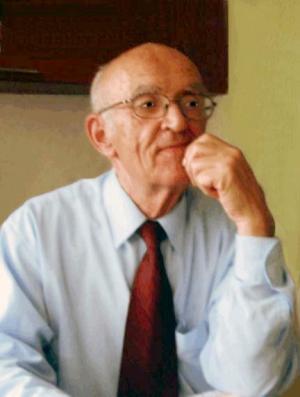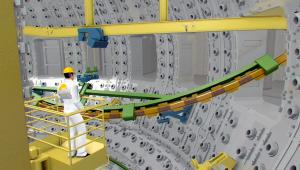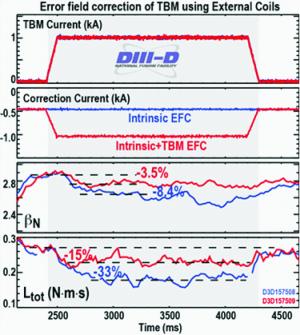What’s New
16 June 2014
ITER news digest for the period of 9 June 2014 to 16 June 2014.

ITER catalyzes the development of superconducting technology in Russia

Russian documentary on ITER wins prize

Vitali Dmitrievich Shafranov (1929-2014)




